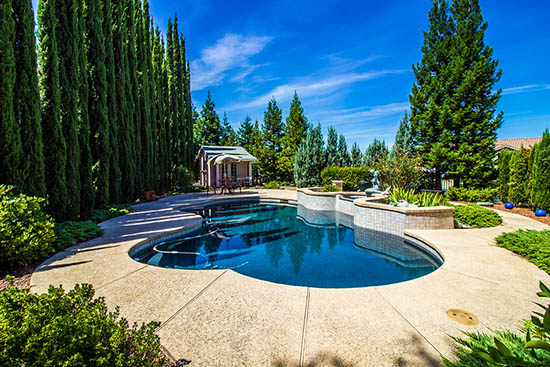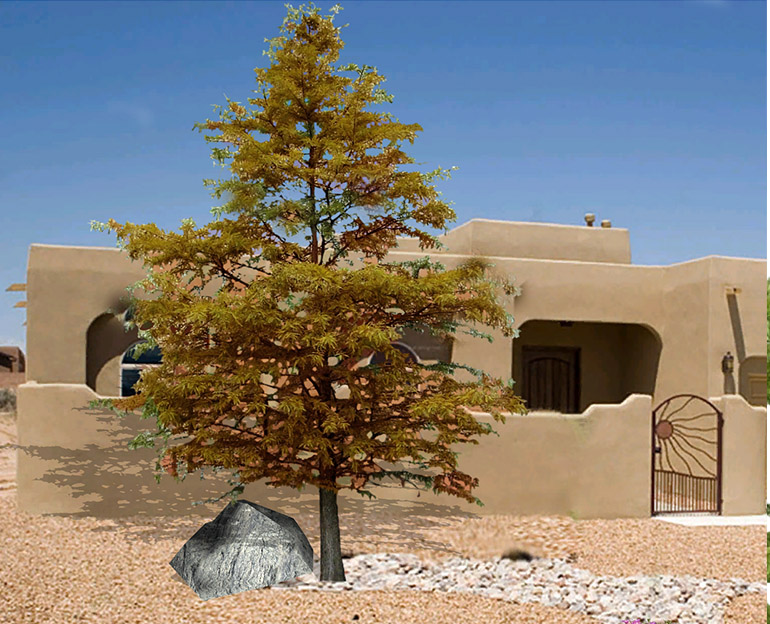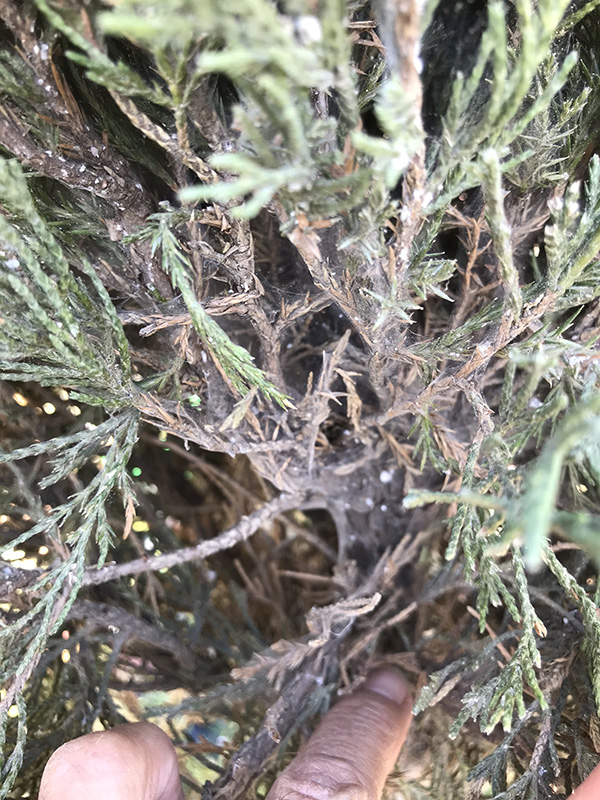
Cypress trees for the desert southwest
Cypress trees in the southwest. Most Cypress trees are moderate to low-watering trees once established. It will take about 2-4 years before these trees become established. They are evergreen conifers throughout the year and require little maintenance. If you want them to look good and grow faster, they will need evergreen fertilizer at least once monthly during the first 2 to 3 years after planting.
The Benefits of Cypress Trees
Very fast-growing drought-tolerant once established. Very little pruning or maintenance is required. They can tolerate poor soil but will do better with well-composted at initial planting. Once they become established, they need little water. Excellent trees for noise reduction or a border wall for privacy concerns.
Problems with these trees
Like most conifers, they are suspectable to spider mites in dry hot climates. Needle blight and canker are also a problem. Read more about these problems over at Homeguides.com

Arizona Cypress
(Cupressus arizonica glabra) It can be used as a windbreak or tall privacy screen. A sturdy evergreen n noted for its reddish type of bark and dark blue/green foliage. Very drought tolerant and can withstand drought conditions.
They like full sun but can tolerate 4-5 hrs. of shade. A fast grower to 40 feet tall and, 20 feet wide. Does excellent in the Southwest. USDA Zones 6-9 follow a regular watering schedule during the first growing season to establish a deep, extensive root system. Watering can be reduced after establishment. Feed with a general-purpose evergreen fertilizer just before new growth begins in spring.

The Italian Cypress (Cupressus sempervirens)
The most common is the Italian Cypress. It will grow upwards of 70-80 ft. tall and about 4-5 ft. wide. It is also called the Mediterranean cypress. If planted close together they can provide you with a good windbreak wall or privacy wall.
They are dark green and have dense foliage. A drought-tolerant Conifer once they become established typically around the third or fourth year.
Like most cypress trees they are susceptible to spider mites during dry hot conditions. Use a good spider mite control spray if you notice brownish spider web color during the mid-summer months. Learn more about spider mites and other insects here.
Cypress trees for the desert southwest.
Blue Arizona Cypress (Cupressus arizonica ‘Blue Pyramid’) Looks a lot like the common Arizona Cypress except it has a large blue tinge color on foliage, especially during the winter seasons. It is drought tolerant once established. An evergreen cypress and fast-growing up to 20 to 25 feet high, 10 to 12 feet wide. This cypress tree provides excellent color during the colder months.
USDA Zones 6-9 Follow a regular watering schedule during the first growing season to establish a deep, extensive root system.
Feed with a general-purpose fertilizer before new growth begins in spring. For a tidy, neat appearance, shear annually to shape.
Cypress trees for the desert southwest
Blue Italian Cypress (Cupressus sempervirens ‘Glauca’)
Great looking tall Mediterranean cypress with attractive blue-green foliage. An ideal conifer to dominate a landscape with its densely branched, narrow columnar form.
Like most cypress trees it is an evergreen tree. Likes full sun and is very drought tolerant once established. Fast grower to 60 to 80 feet tall, 2 to 3 feet wide; can be larger. Follow a regular watering schedule during the two years of growth to establish a deep, extensive root system. Cut back on watering once established.
Feed with a general-purpose evergreen fertilizer before new growth begins in spring. USDA Zones 6-9 Color Your World Nurseries located in Las Cruces, NM will usually have this type of cypress tree in stock. Ask your friendly retail nursery for such a tree.

This tree will grow to about feet or so. It is a great ornamental tree for a front entrance or a showy landscape design. It can block the view of neighbors or nearby traffic. If trimmed correctly it can be used as a shade tree.
Furthermore, It is an easy-care tree that rarely needs trimming and can be used for a good windbreak screen. Perfect for the Southwestern winds during spring.

The Bald Cypress Trees

The Bald Cypress tree (Taxodium distichum). A good Cypress for the Southwest Region and is a slow-growing type of conifer. Most evergreen conifers will retain foliage during the winter season, but not this tree. It loses its needles in winter but will re-generate new needles once the spring season comes around. Yes, it is deciduous. A good tree for something different in the desert southwest.
They will grow into large, majestic trees within time. They can tolerate dry conditions but should be watered thoroughly during the early stages of planting. It thrives in the full hot sun, but the foliage may turn yellow in alkaline soil. Applying iron supplements will turn it green in no time.
One of the benefits of this tree is that the foliage will turn a nice bold bronze color during the fall seasons. Learn more about the Bald Cypress here.
Cypress tree Problem
Like most conifers, Cypress trees will invade this tree, especially when conditions are consistently hot, dry, and arid. Spraying with a strong stream of water will keep these insects at bay, also spraying with neem will also help.

Do you have comments or questions about this tree? Comment below.


